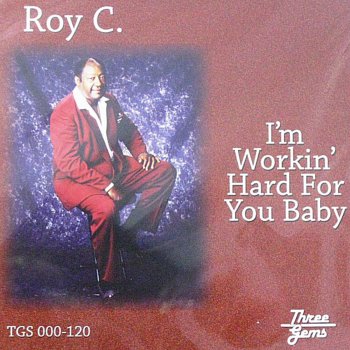

When it was released in the UK (on the Island label), it did even better (#6), and led to a much touted British tour (something Roy feels might have hurt his chances at a follow-up hit at home). The record, with it's novelty ricochet opening and it's risqué subject matter for the times, was a smash hit, rising to #14 on the national R&B charts in 1965. He put it out on his own Hammond label, but when it began to take off he leased it to Bill Seabrook, a Jamaica (New York) independent, who released it on his Black Hawk imprint. When he got back home to New York, he got a bunch of 'white high school kids' together, took 'em into Broadway Studios in midtown and cut Shotgun Wedding. He began writing songs, and plotting his return to the airwaves.

While stationed overseas, Roy had a lot of time to think. a conflict they themselves had created! The Genies went on to release a few more singles on local labels but, when Roy was drafted into the Air Force, that was essentially it for them. To make matters worse, Atlantic never released the sides they had recorded with Roy singing lead due to the 'conflict' within the group. Johnson ended up leaving the group over it, going on to become the 'Juan' of Don and Juan fame. Their next stop was Atlantic, where Jerry Wexler decided he liked Roy's voice better than Claude Johnson's (who had handled the lead on their Shad hit). It would hit the Billboard Hot 100 in 1958 anyway, but Shad never paid them another dime. When Who's That Knockin' was released, it wasn't on Mercury, as the group had every reason to believe it would be, but on Shad. The Genies jumped at the chance to enter the studio with him, and Shad paid them $25 each for the session. Shad had come up with Savoy in the 40s, and was working A&R at Mercury Records with folks like Sarah Vaughan and Dinah Washington at the time. They got to be pretty tight and, after adding second lead singer Claude Johnson, they were offered a recording deal by Bob Shad. He began singing tenor with The Genies, a group of guys that sang together every weekend on the boardwalk out in Long Beach. He learned early on, however (after sparring with the likes of Hurricane 'The Animal' Jackson), that prize fighting just wasn't for him.

He had dreams of becoming a professional boxer, and that's where the lights shone the brightest. Hammond 'left his home in Georgia', and headed for New York City.


 0 kommentar(er)
0 kommentar(er)
